Telescope-Solar Telescopes-DayStar Quark H-Alpha Eyepiece for the Chromosphere
$647.50 Original price was: $647.50.$259.00Current price is: $259.00.
Explore the sun like never before! Discover the DayStar Quark H-Alpha Eyepiece for stunning solar views. Order now!
53 in stock
Solar H-Alpha Upgrade With Just An Eyepiece!
Enjoy a dedicated Ha telescope experience with your night sky scope!
Installing this powerful filter in your refractor diagonal will unveil the
incredible chromosphere of our closest star, bringing filaments, flares,
granules, and sunspots right to your eyepiece or camera. Give your telescope a
quantitative upgrade today with the DayStar Quark H-Alpha Eyepiece for the
Chromosphere!
The tumultuous forces and immense power that drive the stellar center of our
solar system provide a truly awe-inspiring and dynamic display; with winding
filaments, explosive solar flares, granules, and sun spots constantly swirling
and shifting on the Sun’s surface. These features can be observed on the 656
nm, H-alpha, wavelength — but only if you have a window into the light
spectrum thin enough! This exceeds what even the most narrow of narrowband Ha
filters are capable of, traditionally needing a dedicated solar telescope to
uncover the powerful majesty of the Sun. DayStar bucks this trend however,
with the Quark H-Alpha Eyepiece! Simply insert this into your refractor’s
diagonal, power it on, and allow it to heat up to transform your telescope
into an optic capable of honing in on a 0.5 Angstrom FWHM slice of the visual
spectrum, rendering the surface details of the Sun in incredible contrast and
detail! Compatible with telescopes f/4 to f/9, this accessory works with a
wide variety of excellent scopes and allows you to switch between solar
viewing and night sky observations in a snap. A built-in 4.2x telecentric
Barlow brings your scope even closer to the solar surface, with premium Ha
optimized AR coatings and a 0.1 Angstrom increment tuner that will further
refine this incredible daytime experience!
Please Note: Always exercise caution when viewing the Sun.
Failure to observe proper safety measures while solar viewing can result
in permanent eye damage.
Telescope Compatibility
The DayStar Quark is compatible with a wide variety of refractor telescopes on
the market today, ensuring there is a good chance that your favorite telescope
will work with this powerful accessory! Most refractors will simply need a
UV/IR filter installed in front of Quark, though for more specialized designs
or larger refractors you will need an Energy Rejection Filter (ERF). This is a
specialized filter that installs in front of the main objective, and
safely attenuates incoming light for telescopes that collect a lot of energy
or have components that can be damaged with the raw intensity of the Sun’s
rays. Please note that film solar filters, glass solar filters, and Herschel
wedges can not be used as ERFs. Additionally, while the Quark may also be
compatible with SCTs and other reflector telescopes, these will also need an
ERF and can have addition aperture masking requirements. ERFs and UV/IR
Filters are not included.
#service-compare {
font-family: Arial, Helvetica, sans-serif;
border-collapse: collapse;
width: 100%;
}
#service-compare td,
#service-compare th {
border: 1px solid #eaeaea;
padding: 8px;
font-size: 16px;
font-family: Oswald, sans-serif;
}
#service-compare tr:nth-child(even) {
background-color: #f2f2f2;
}
#service-compare th {
padding-top: 12px;
padding-bottom: 12px;
text-align: left;
background-color: #5e7410;
color: white;
}
.serv-btn-3 {
margin: 30px 30px 30px auto;
display: inline-flex;
max-width: 250px;
vertical-align: top;
align-items: center;
text-align: center;
}
.serv-buttons {
text-align: center;
}
.serv-links {
text-decoration: none;
color: white;
font-family: Oswald, sans-serif;
}
| Energy Rejection Filter Requirements | |
|---|---|
| Air-Spaced Refractor w/ Aperture of ≤ 80 mm |
UV/IR Filter Highly Recommended; Required for Longer Observations and w/ a Tracking Mount |
| Air-Spaced Refractor w/ Aperture of 80-120 mm | UV/IR Filter Required |
| Air-Spaced Refractor w/ Aperture of ≥ 120 mm | Front Mount Energy Rejection Filter Needed |
|
Oil-Spaced Refractors or Refractors w/ Rear Flattening Element (Such as Petzvals) of Any Size Aperture |
Front Mount Energy Rejection Filter Needed |
Add H-Alpha Capabilities In A Snap!
Concentrate your view on the Chromosphere with the DayStar Quark H-Alpha
Eyepiece! Focused in a thin slice of the light spectrum, this easy add and
operate accessory will reveal the wonders of the Sun in your eyepiece or
camera!
Chromosphere Model
DayStar offers the Quark in a
number of configurations, for viewing the Chromosphere,
Prominences, or
both in Ha — as well as in a
Calcium K configuration. This model is the
Chromosphere optimized Quark, which focuses the Fabry Perot etalon on a FWHM
of about 0.5Å that is best suited for bringing out solar filaments,
spots, flares, and other Chromosphere details on the surface of the Sun!
This incredible detail can be revealed with a telescope sporting a focal
ratio between f/4 and f/9, though the Quark shines its brightest at a final
focal ratio of f/27 to f/32 — about f/6 to f/7 ratio prior to the
built in 4.2x telecentric Barlow. This magnification will help you see the
Sun’s awe-inspiring detail in a more up close and personal way, and yet
still allows for full disc viewing when paired with a telescope around 450
mm in focal length or shorter. Honing in this view can be done in
0.1Å increments, with a total of a +/- 0.5Å of adjustment to
find the perfect view for your equipment and conditions!
Unique Ha Filtering Approach
Traditional H-alpha
dedicated solar telescopes feature a front mounted or mid-mounted filter,
what is known as an etalon. These work passively, and are most often
integrated in such way that telescope is a solar only scope. DayStar’s Quark
takes a different approach, designed to complete its filtering at the rear
of the telescope. This is done by passing incoming light through a blocking
filter, re-parallelizing it with the 4.2x telecentric Barlow, and then
passing it through an active etalon. This active approach heats the internal
components to 100-150°F to precisely control the wavelength being
passed. While this active, rear mounted, approach lacks in deployment and
adjustment speed compared to more traditional solar scopes, it is hard to
argue with the unmatched versatility this system brings!
Easy Operation
Using the DayStar Quark H-Alpha
Eyepiece with your telescope is a straightforward process! First be sure to
check the table above and install a UV/IR or front mounted energy rejection
filter as needed. Then insert the Quark into your visual back and clamp it
in place; with a combination eyepiece barrel connection, this will work with
both 2″ and 1.25″ visual connections. Insert your eyepiece or camera into
the 1.25″ connection on the Quark itself, and then connect the included
power supply or other Micro USB solution capable of 5V 1.5A output. After
5-10 minutes, the LED status indicator will turn green and you’ll be ready
to view the stellar features of the Sun! To adjust the center wavelength and
best highlight the features of the Sun for your gear and conditions, turn
the tuning knob, wait 5-10 minutes for the status LED to turn Green again,
then recheck your view.
Visual and Imaging Compatible
DayStar’s Quark can
transport you to the solar surface for both incredible live viewing
experiences and astrophotography alike! An 1.25″ visual equipment
compression ring allows you to connect a wide variety of visual and imaging
equipment, with a brass compression ring to securely hold your gear in
place. With a 12 mm blocking filter, the DayStar Quark can offer a full disc
image when paired with a 450 mm or shorter focal length telescope and a
suitable eyepiece or camera. While you can use a plethora of eyepieces with
the Quark, for best results DayStar recommends 25-40mm eyepieces with
simpler optical designs (like Plossls)!
Don’t Forget Your Finder!
The DayStar Quark can
provide a safe and enjoyable solar viewing experience when used properly
with your telescope, but don’t forget about your finder! Much like a
telescope,
you should never look through a finder scope (magnified or not) at the
Sun without a proper finder scope solar filter in place. Even with a filter, we don’t recommend an unmagnified or red dot finder
scope as it is easy to accidentally look around these types of filters and
into the Sun. Instead we recommend using a dedicated solar finder like the
Apertura Solar Finder
(sold separately) which allows you to easily and safely locate the Sun!
Lastly
if you do not intend to use a magnified finder with a solar filter, you
should remove it
as these can pose a fire hazard by focusing the Sun on the ground or other
objects behind the telescope.
what our customer say this product:
| 5 star | 100 | 100% |
| 4 star | 0% | |
| 3 star | 0% | |
| 2 star | 0% | |
| 1 star | 0% |
Only logged in customers who have purchased this product may leave a review.
Related products
Catadioptric Telescopes
Telescope-Catadioptric Telescopes-Orion Apex 102mm Masksutov-Cassegrain
Catadioptric Telescopes
Telescope-Catadioptric Telescopes-Meade 8″ LX200 ACF Computerized Telescope – No Tripod
Catadioptric Telescopes
Telescope-Catadioptric Telescopes-Celestron NexStar 90 SLT Computerized Telescope
Catadioptric Telescopes
Catadioptric Telescopes
Telescope-Catadioptric Telescopes-Celestron Advanced VX 6″ Schmidt Cassegrain GoTo Telescope
Catadioptric Telescopes
Telescope-Catadioptric Telescopes-Meade 14″ LX200 ACF Computerized Telescope
Catadioptric Telescopes
Telescope-Catadioptric Telescopes-Celestron Advanced VX 9.25″ Schmidt-Cassegrain GoTo Telescope
Catadioptric Telescopes
Telescope-Catadioptric Telescopes-Meade 12″ LX200 ACF Computerized Telescope


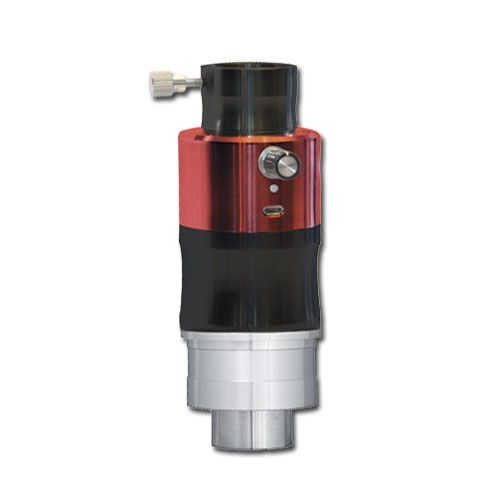
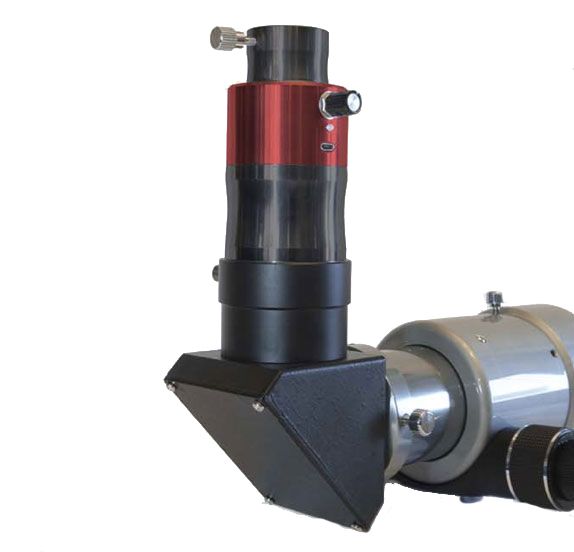

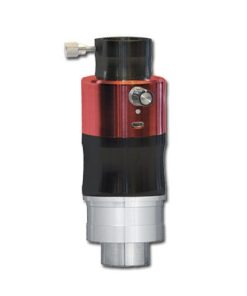
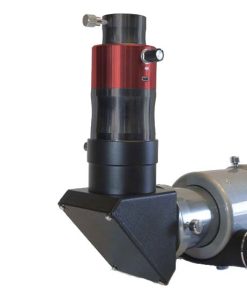
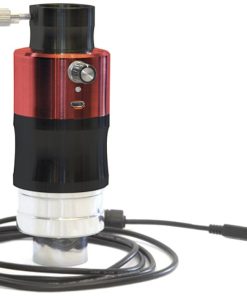
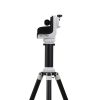
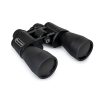
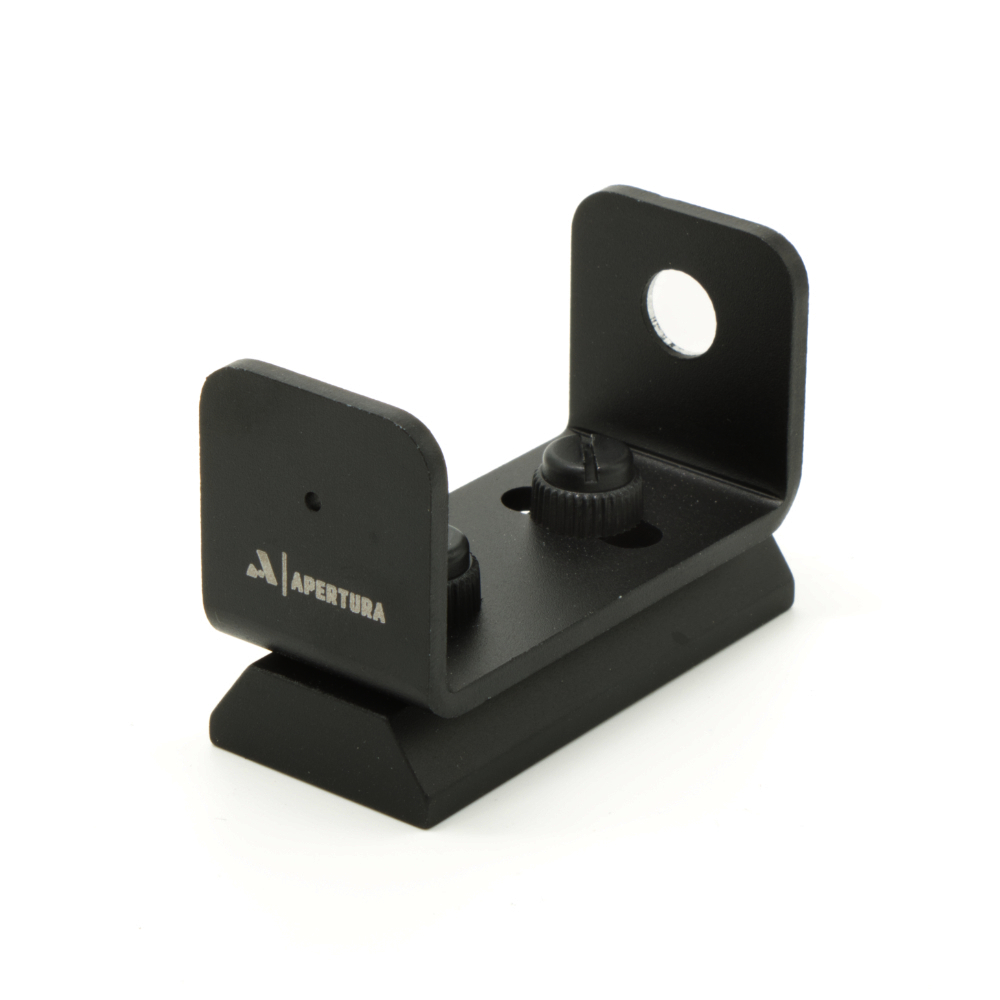

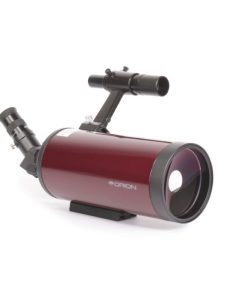
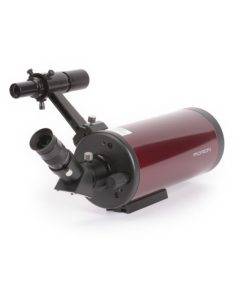
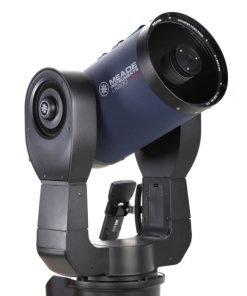

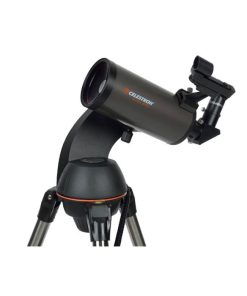
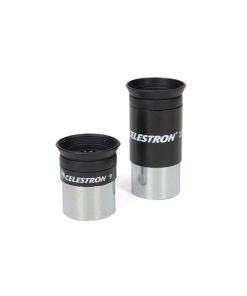
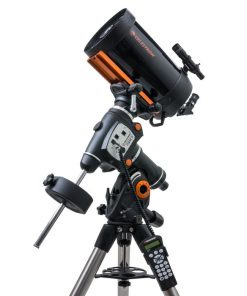
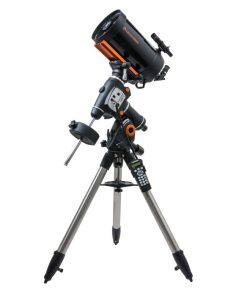
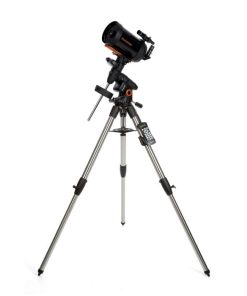
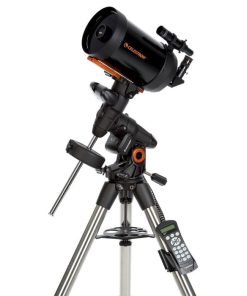
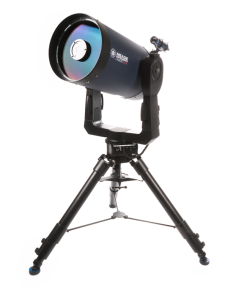
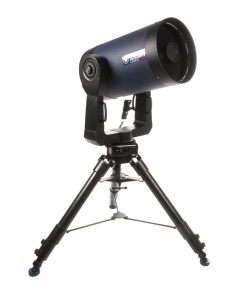
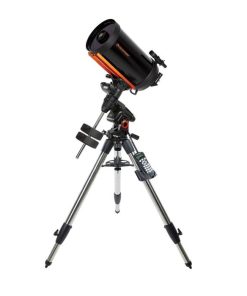
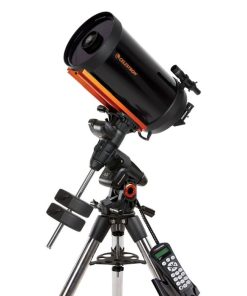
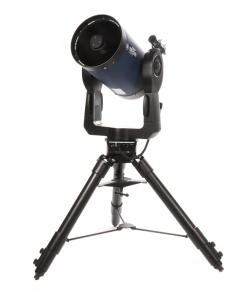
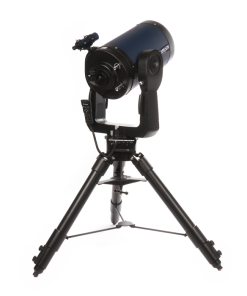
Michael M. Verified Buyer –
The Quark is easy to us and performs as advertised. I got good results on first try although there is still a lot to learn.